Building relays
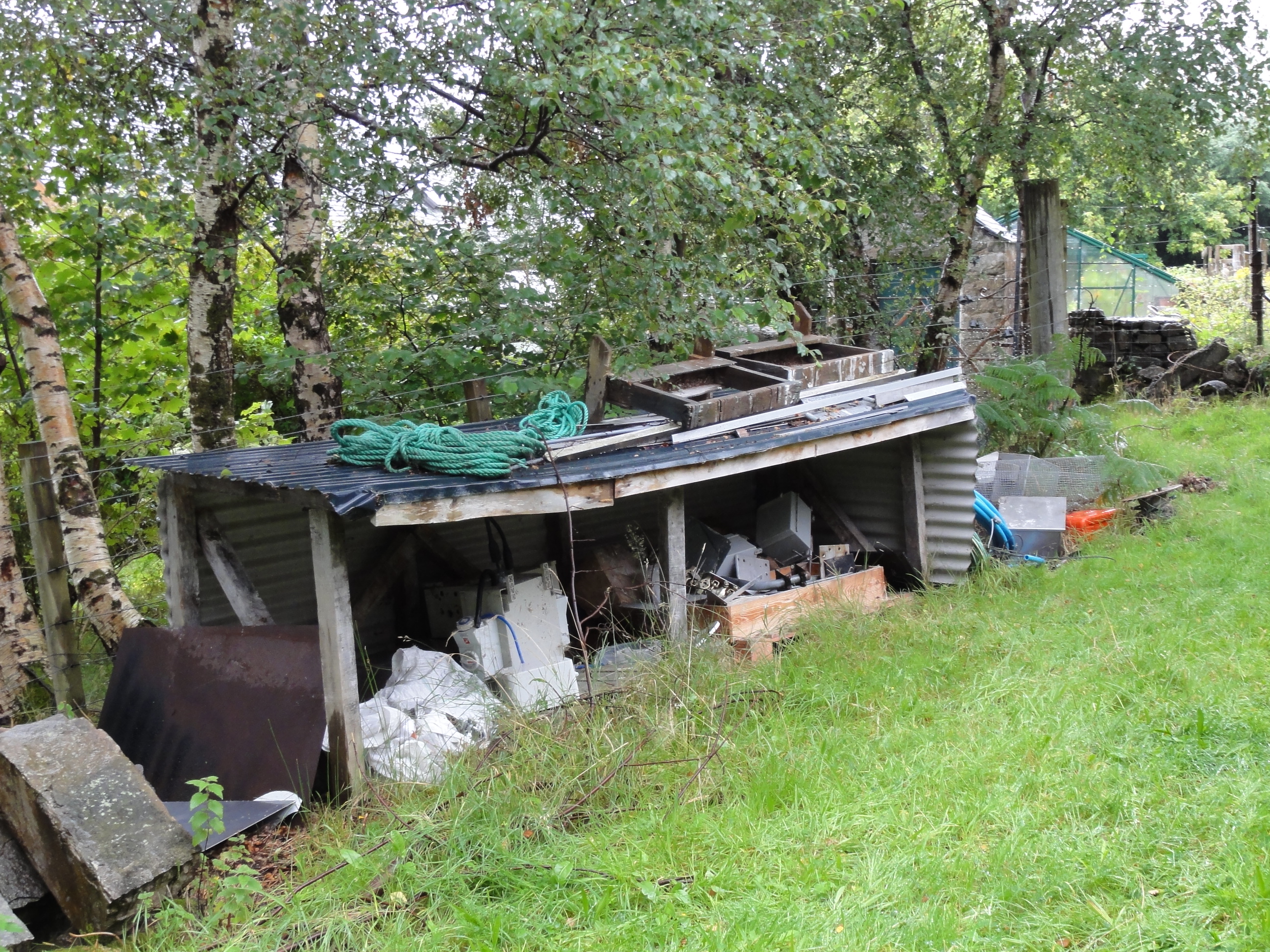
The local B&Q
When your journey through some idyllic country village is marred by the sight of some junkyard of rotting agricultural machinery and disintegrating hardware, has it ever occurred to you that this is not evidence of rustic sloth but a valuable resource? When the nearest source of material or equipment is two hours away you have to learn to improvise. If, in the middle middle of some project, you have to get a bit of sheet metal or some nuts and bolts, you cannot nip out to a local hardware to get them. You scour the local junk piles for what you need. In fact a local handyman will have a keen knowledge of what can be found where and how it can be adapted.
It was during one such prowl round the local fish-farm junk-yard (fish farms have really high-quality junk) that I discovered the wonder-material for mast construction: aluminium scaffold tubing. It’s light, it’s strong, it doesn’t rust, it’s easy to cut, and it can be bolted together with standard scaffold couplers to make incredibly rigid structures. It can be bought new for about £5 per metre, but it’s possible to get used stock from scaffold erectors – maybe slightly bent or cut to odd lengths – for a much lower price. Four people can easily carry a mast up a hillside in one go.
The other revelation that happened after we had put up our first relay was that they do not have to be tall sticky-up things. Whoever created Scotland provided it with an abundance of tall sticky-up things. All one has to do is to build relatively low structures, on the side of one of those sticky-up things, that puts the antennae above the heads of livestock and inquitistive hikers. The normal structure we use has a horizontal bar 3-4m long so that three or four antennae can be mounted with reasonable separation. The best thing is to show a few pictures, but first a few notes.
-
Cut some 1m lengths of tubing to use as pegs that can be driven into the ground with a sledgehammer. There’s usually no need for concrete, and the fact that it is pegged in makes it a “temporary” structure that may be useful in getting permission to put one up.
-
Use tubing rather than wire for diagonal stays and bracing; it is much more rigid.
-
Don’t stint on the tubing; you may need 30m for a relay. Get plenty of couplers, both swivel and rigid (right-angle).
-
It’s often easier to align antennae by rotating the support tubing within the couplers rather than using the fiddly mechanisms that come with some antennae.
-
However inapplicable health and safety regulations are, do wear a hardhat. A piece of scaffold falling from a height of a metre on to your head can do a lot of damage.
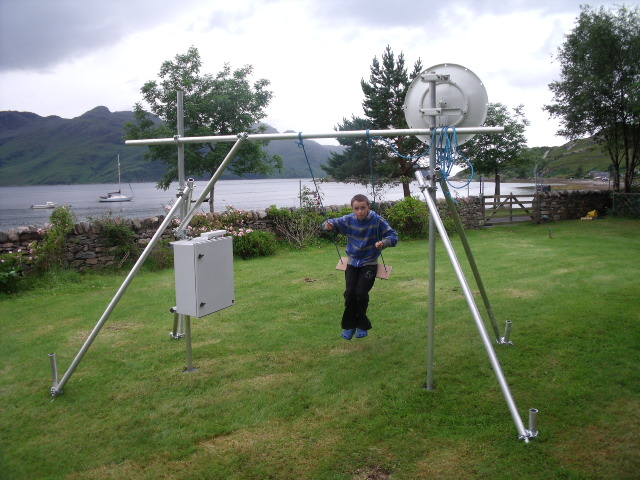
A relay being stress-tested prior to on-site erection.
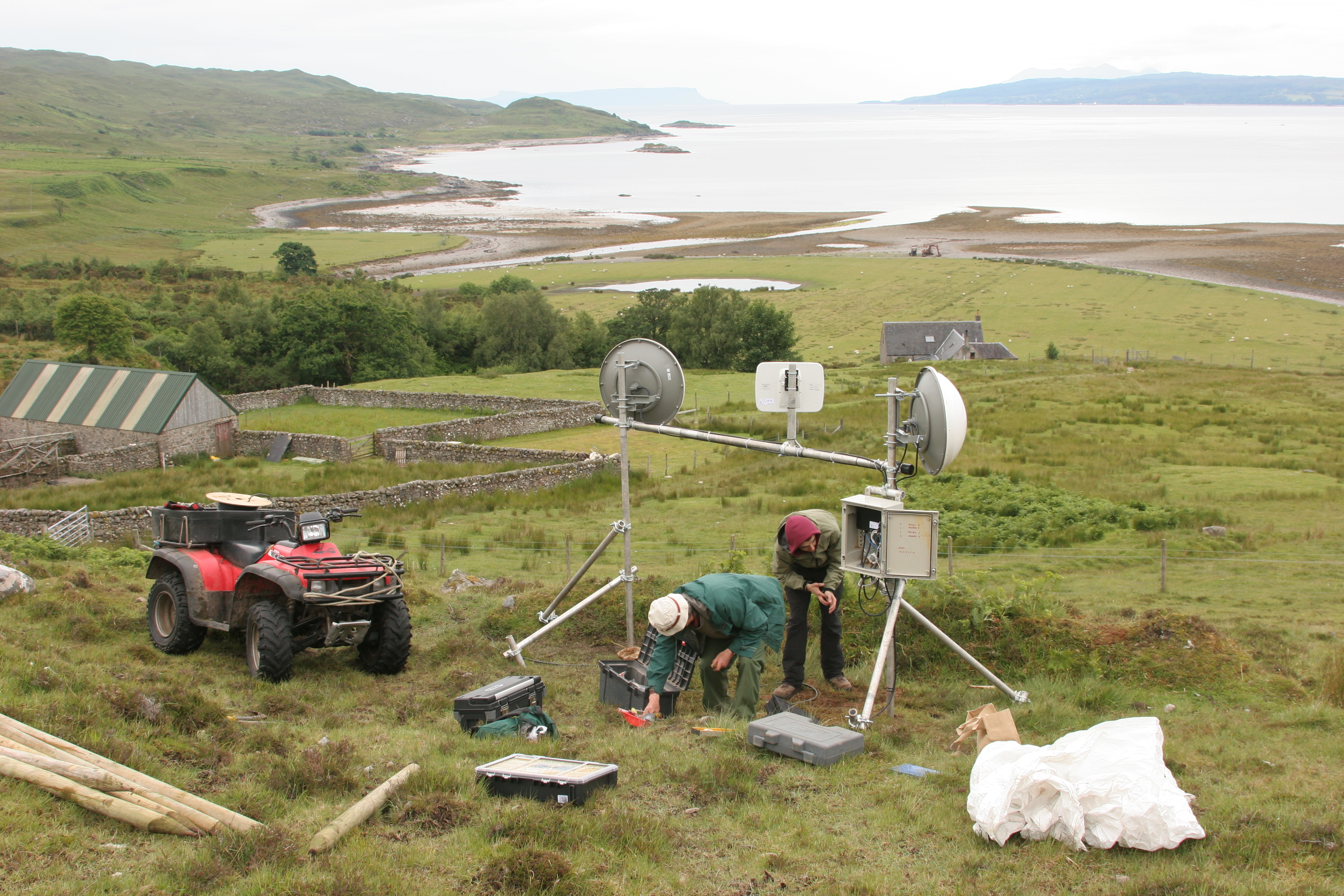
Wiring up a relay. Note that the diagonal bracing is a bit short
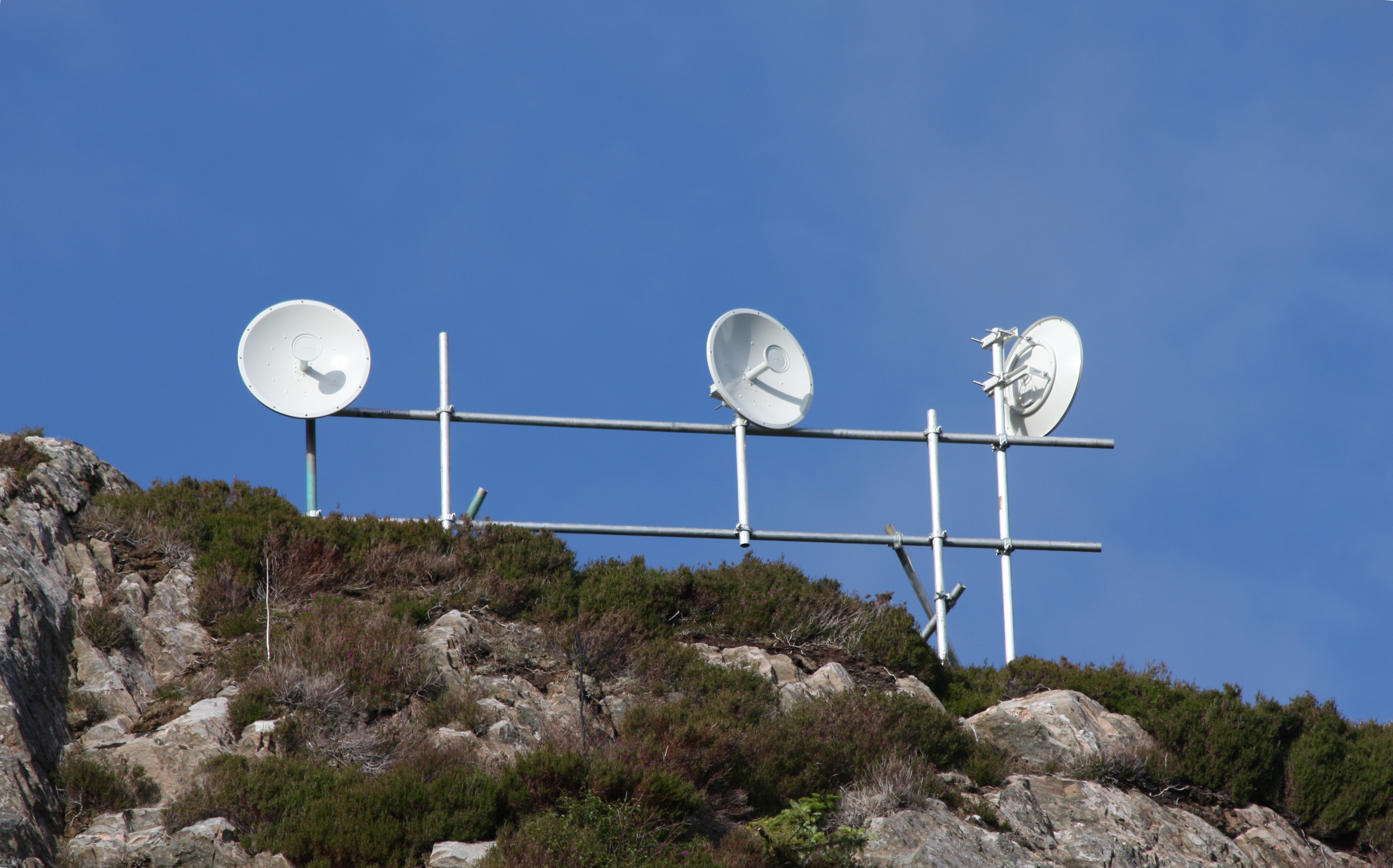
Note the "Knoydart variation" of two horizontal bars. Probably a good idea if there are very strong winds.
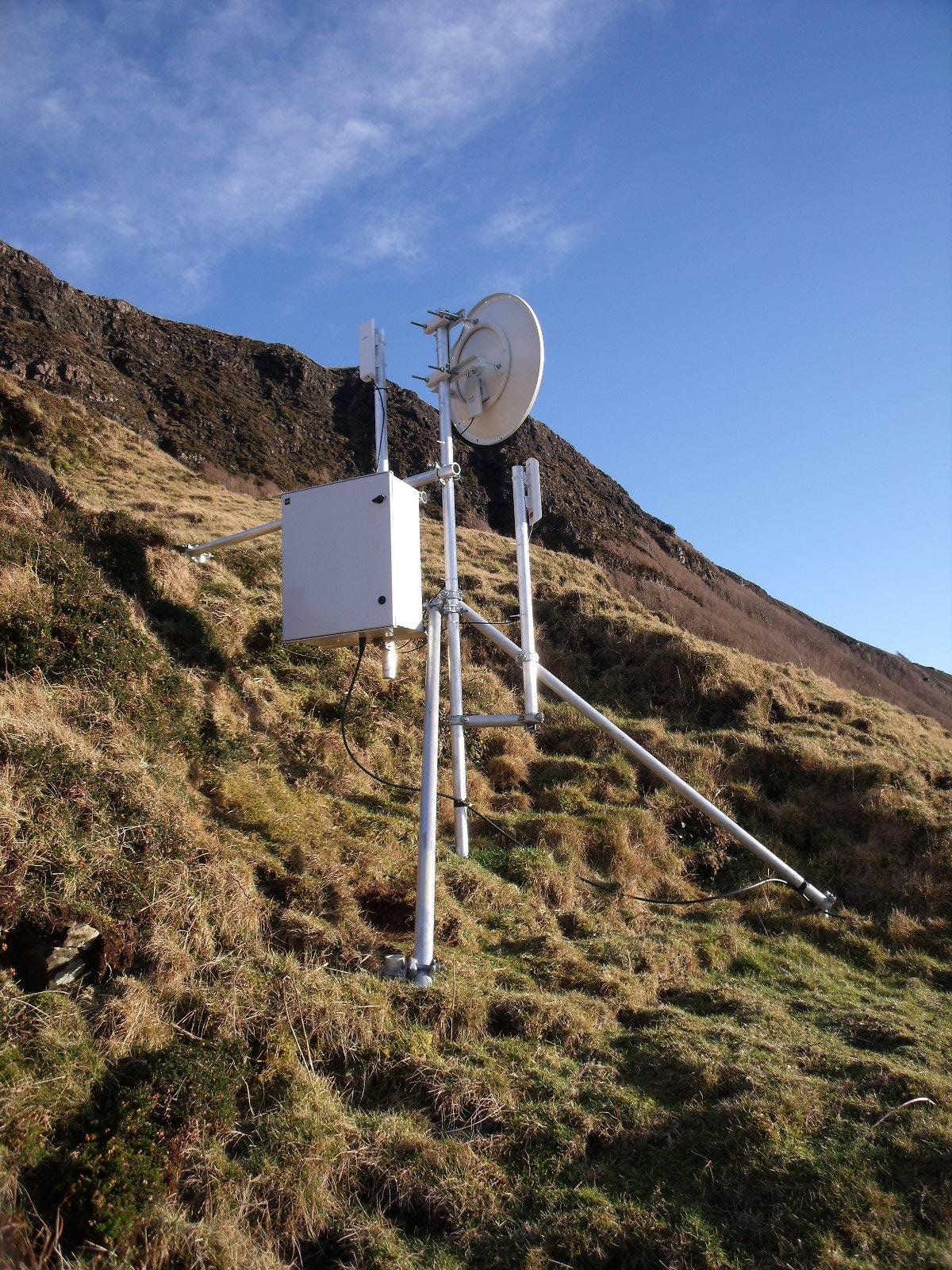
And then there are some highly deviant designs...







